Following a whirlwind few weeks of pro wrestling news, I’ll paraphrase WWE Superstar Cody Rhodes: “What do you guys wanna talk about?”
There’s no shortage of topics for discussion. From RAW and most of the WWE Network’s content moving to Netflix early next year, to a Royal Rumble that makes for a bumpy road to WrestleMania to a spate of injuries including those to presumptive main eventers like Charlotte Flair, Seth Rollins and CM Punk, which will alter more than a few performers’ career trajectories. But the elephant in the room is the bombshell lawsuit filed in Federal Court last week against Vince McMahon, John Laurinaitis and the WWE — which may finally have precipitated McMahon’s and other WWE executives’ permanent departure from the company they ruled, as well as its new corporate parents TKO and Endeavor.
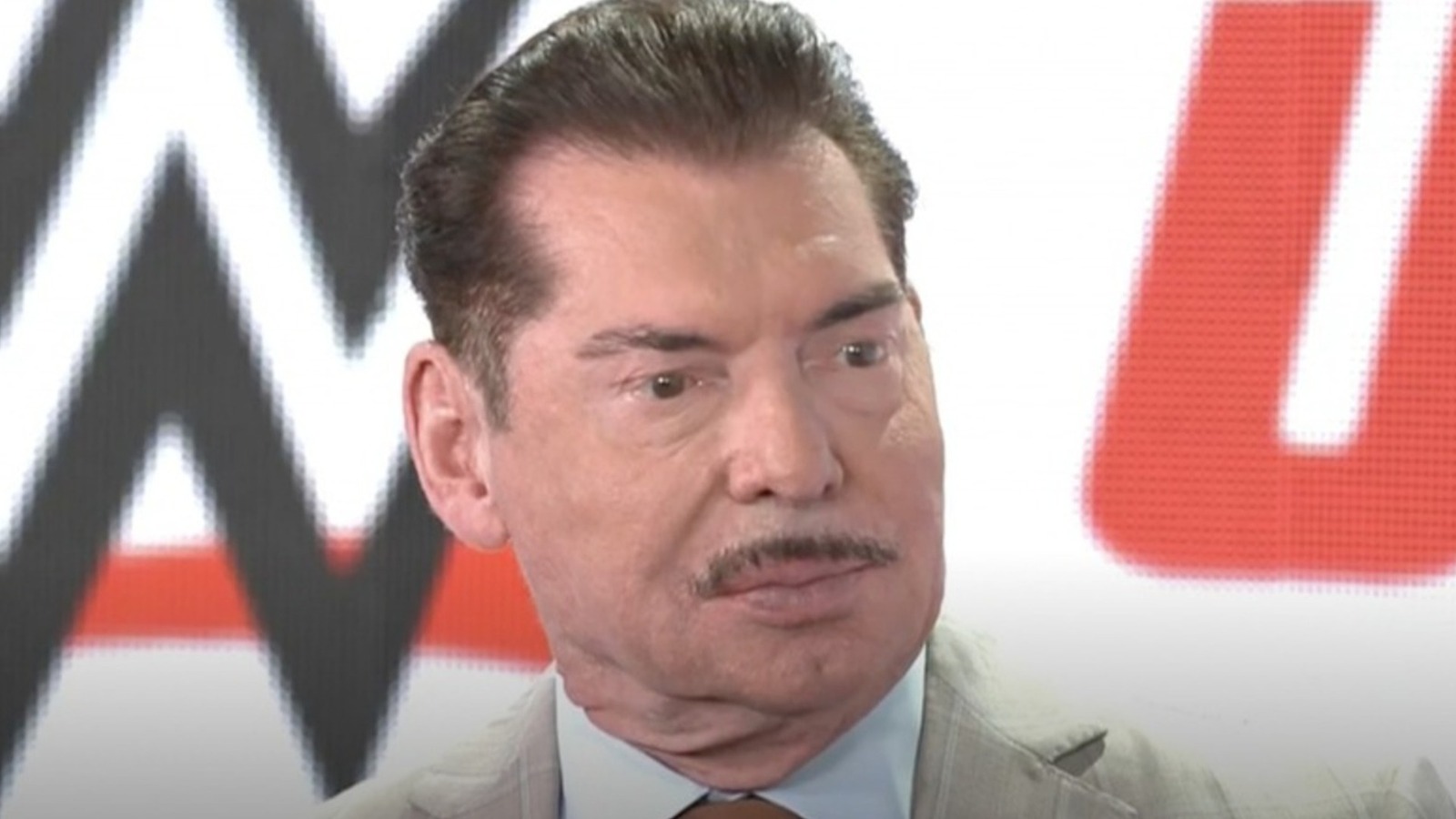
Former WWE Owner and TKO board member Vince McMahon
It’s a bit heavier than the subjects that I usually cover.
News of the lawsuit and its lurid accusations against McMahon, other WWE executives and senior personnel, active and former talent, the company and its culture has drawn extensive mainstream attention. In the smaller but passionate world of pro wrestling fandom the ratio of opinions to information has given rise to some pretty toxic online battles. A little knowledge is a dangerous thing but given the pitched nature of the lawsuit and the comments which have followed I feel like I should say something.
First, a disclaimer or three:
- While I have a legal background I do not currently practice law in Ontario or elsewhere. This column is not legal advice — just the musings of a longtime wrestling fan with a professional background that lends a different perspective than what I have seen in pro wrestling media thus far. Beyond that, this column is worth what you’re paying for it.
- I have read the Complaint — it is a Federal lawsuit that was filed in Connecticut. I have not studied US law, either federally or in Connecticut. There could well be differences in points of law of which I am not aware, which might be materially different from what I describe based on my own knowledge.
- I will not be discussing the specific allegations against McMahon and others here. They have been covered in detail elsewhere, including on the Slamwrestling.net site, which has a McMahon Scandal section. For one thing, as coverage of the matter increases it is likely that there will be further developments before this column goes to press. As I write this the Complainant’s lawyer has just issued a further statement: Grant’s lawyer vows to expose WWE’s ‘culture of corruption’ under McMahon, hints at more victims. For another, the allegations are disturbing and worthy of a trigger warning for this column, much less the actual lawsuit.
Finally, less a formal legal disclaimer than a personal one. I fully understand the outrage from all corners of wrestling fandom and beyond, and I share it. The purpose of this column is not to in any way justify McMahon’s actions, which if true are reprehensible. Rather, I hope to provide a different perspective to better track this story as it moves forward. I’ll say this a few times over the next several pages: what is ‘right’ often differs from what is ‘legal’.
However I may feel about the allegations — and McMahon — personally, that doesn’t change the fact that the allegations still need to be proven. We can’t just go around threatening peoples’ livelihoods because we think they’re rotten, even when this belief is echoed by the crowd. McMahon’s own actions, including evidence in the form of texts that he allegedly sent to the plaintiff and others, as well as the fact that he reneged on paying the full value of a non-disclosure agreement, will ultimately give a better measure of the man than an online commentary dogpile.
As noted, I have read the pleadings against McMahon. I won’t go into laborious detail but if any of the allegations are true they are awful. It is worth noting that defendant and ex-WWE executive John Laurinaitis recently released a statement through his lawyer indicating that he agrees with many of the facts as presented by the complainant but casts himself as a fellow victim of McMahon’s predation rather than an abuser.
Laurinaitis’ press release may be a source of concern for McMahon, adding credibility to what McMahon’s representatives have attempted to categorize as “replete with lies, obscene made-up instances that never occurred, and a vindictive distortion of the truth.”
To start from a quasi-legal perspective, it is important to note that the allegations are framed as part of a civil lawsuit. This means that if the case were to go to court language like ‘guilty’ would not apply. ‘Innocence’ is never a part of court proceedings. In a criminal court the options are ‘guilty’ or ‘not guilty’. There is no part of this claim where ‘innocence’ would be an appropriate term.
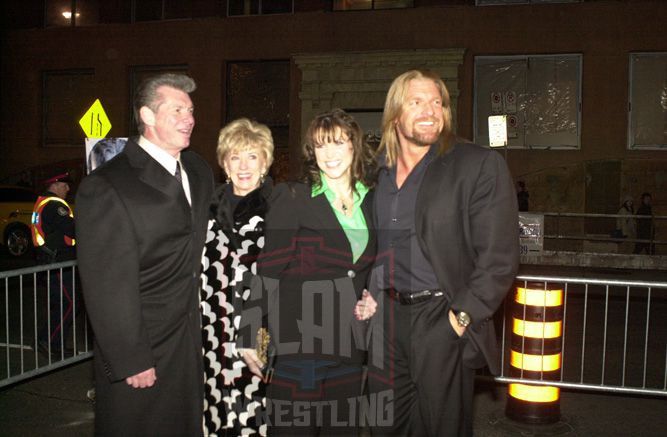
Vince McMahon, Linda McMahon, Stephanie McMahon and Triple H (Paul Levesque) in Toronto in December 2004 for a premiere of Blade: Trinity. Photo by Mike Mastrandrea, www.mikemastrandrea.com
As I write this, Vince McMahon has not been charged criminally with respect to the allegations made in the lawsuit. The Wall Street Journal recently reported that US Federal Prosecutors are investigating McMahon regarding these allegations and others. The Journal states that is McMahon is and has been under federal investigation for the sexual assault and sex trafficking allegations against him, and that federal investigators have contacted women who have accused McMahon of sexual misconduct.
If the allegations in the present civil lawsuit are proven true, McMahon would be liable for damages. McMahon could also face separate criminal charges stemming from the Federal investigation, although it is too early to speculate on what will come of that.
Laurinaitis — who is already attempting to mitigate his potential liability by blaming McMahon before even filing a statement of defence, WWE and other parties might also be found liable for their direct roles in the alleged assaults that make up the claim, or for knowing what was going on and failing to stop it — or at least report it to authorities. Among other things, the lawsuit points to multiple failures to exercise due diligence in WWE’s attempt at an internal investigation of McMahon’s conduct and for drafting and coercing the Complainant to sign an unenforceable Non-Disclosure Agreement. The latter point may become an issue going forward, as news outlets have reported that the NDAs were not issued by WWE but were McMahon’s effort to go into business for himself, even though the promised payments were made with company money.
To be successful the plaintiff would have to show that it was more likely than not that McMahon committed the acts which form the basis of the lawsuit (this is called ‘balance of probabilities’ — essentially a 50% plus one standard for proof), and that the plaintiff suffered a loss as a result of McMahon’s alleged actions. The purpose of a civil lawsuit is to provide compensation — generally financial — that would put the plaintiff back in the position where she would be but for the wrongful actions of McMahon.
A few quick notes on this:
The claims made in the lawsuit have not yet been proven in court. Most civil lawsuits never see the inside of a courtroom and are often settled well before any further information might become public.
In any lawsuit the issue is not just whether the defendant committed the acts in question (which is to day, whether McMahon ‘did it’), but whether the plaintiff can prove via evidence and testimony that the defendant is more likely than not to have done so. The burden of proving a case like this is much lower than in a criminal case, where the standard is ‘beyond a reasonable doubt’. Each case stands on its own merits but it’s useful to note that OJ Simpson was found not guilty in criminal court of murdering Nicole Brown Simpson and Ronald Goldman partly because the prosecution failed to provide sufficient evidence that would meet this higher standard, and partly because courts have strong rules regarding the types of evidence that can be presented at trial and how they may be put before the court. Simpson was found liable in a subsequent civil wrongful death lawsuit brought by Goldman’s parents and Simpson Brown’s father. Subject to this different standard of proof and following different decisions by the presiding judge over what evidence would be presented, the civil jury found Simpson liable for the murders and awarded the victims’ families $33.5 million in compensatory and punitive damages.
Recovery of damages in a civil trial is often its own issue and one reason that cases often settle for a fraction of the amount sought in pleadings. Litigation is incredibly expensive and draining, especially where the subject matter of the claim is personal or potentially damaging or embarrassing. In Simpson’s case he filed for bankruptcy after losing in civil court and relocated to Florida to save his NFL pension. His remaining assets were seized and auctioned off. Simpson’s Heisman Trophy was infamously sold for $255,500 to an undisclosed buyer. All the proceeds went to the Goldman family who have since said they have received only 1% of the money that Simpson owes. But really, that lawsuit was less about recovery than the families’ need to feel that a measure of justice had been done.
As inflammatory as the lawsuit against McMahon may be, we are far far away from determining the facts — if we ever get there … and even then, whether McMahon ‘did it’ is not entirely the point.
McMahon stands accused of egregious sexual misconduct and human trafficking. Civilly and criminally, cases where sex is involved are notoriously difficult to prove — the recent #MeToo and #BelieveAllWomen cases against other famous media and executive figures have had mixed success in proving allegations (see the likes of Bill Cosby, Kevin Spacey, Sean ‘Diddy’ Combs, Harvey Weinstein or Louis CK). They often turn on questions of consent over actions that take place in private. The present case may be different. McMahon took his private behavior into the workplace. He allegedly engaged in a coercive relationship with a massive power imbalance, taking advantage of a plaintiff who was emotionally and financially bereft. The plaintiff claims that McMahon leveraged the power and resources of the company he owned to afford the plaintiff the means to survive and continually threatened to use that power and those resources to hurt the plaintiff if she refused McMahon or sought help.
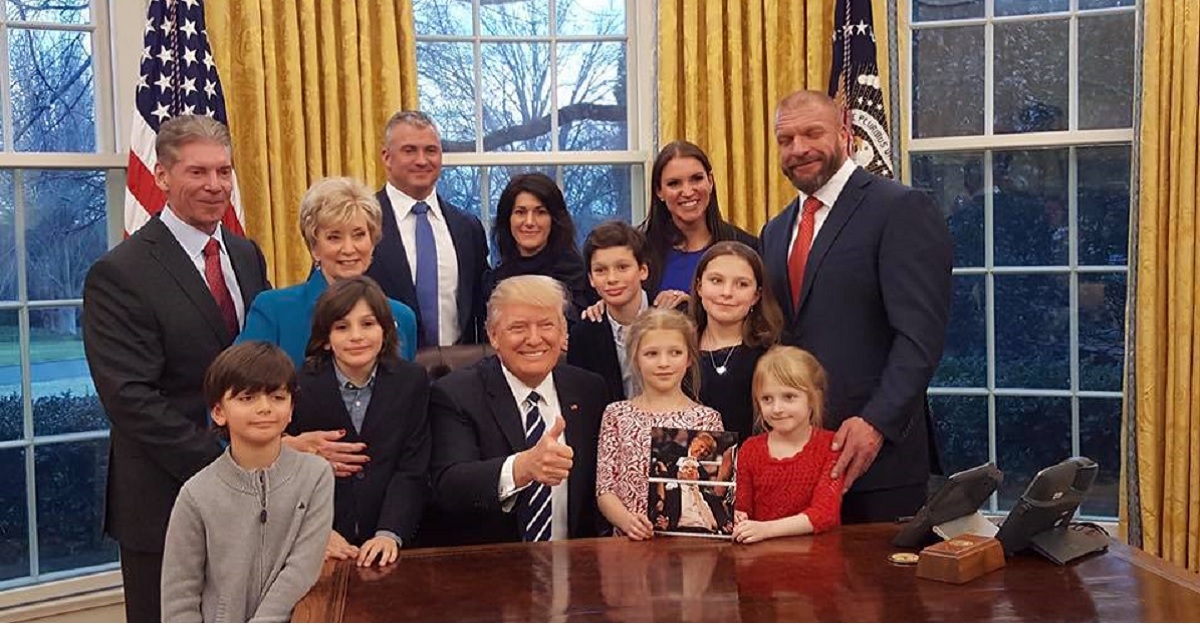
The McMahon family at the White House with President Donald Trump.
The lawsuit suggests that McMahon was brazen, drawing fellow WWE executives and talent into a pattern of misconduct, which the Complaint makes public by reproducing text messages allegedly sent from McMahon’s phone to the claimants. The extent to which the Complaint implicates other WWE staff and talent is disturbing and raises systemic issues of consent within a company which has already faced criticism for its treatment of wrestlers as ‘independent contractors’ with a reduced set of employment rights — who may themselves have been placed in inappropriate, coercive situations. This is one claim. WWE’s internal investigation found documented payouts going back to 2005. There may well be further instances going back to when WWE was privately owned and not subject to the same level of transparency demanded by public shareholders.
At minimum, if the present lawsuit speaks to a pattern of conduct it raises questions about who within WWE knew about what was going on, and when they knew or ought to have known about it. Corporately, WWE identified McMahon as a risk well before the lawsuit was filed. Since McMahon ‘was’ WWE the company could not effectively get rid of him. Communications-wise, press gallery questions to Michael Hickenbottom (Shawn Michaels) and Paul Levesque have yielded unsatisfactory answers. Levesque may face particular challenges given his dual roles as long-tenured WWE executive and part of the family.
On its face the Complaint seems to turn on the fact that McMahon had the Plaintiff sign a Non-Disclosure Agreement (NDA) in exchange for a payout, which McMahon allegedly failed to complete. Per the grand repository of legal knowledge that is Wikipedia an NDA is a legal contract or part of a contract between at least two parties that outlines confidential material, knowledge, or information that the parties wish to share with one another for certain purposes but wish to restrict access to. An NDA creates a confidential relationship between the parties, typically to protect any type of confidential and proprietary information or trade secrets. In an employment context, an NDA is generally meant to protect a company’s intellectual property assets; for example, if I worked for Coca-Cola and knew its secret formula, I couldn’t then walk across the street and help Pepsi brew up a batch. In recent years NDAs have become increasingly broad and subject to criticism since, if enforceable, they could restrict an employee’s ability to find another job. Worse, individuals and corporations have increasingly attempted to use them as McMahon has allegedly done — to prevent people from speaking out about harassment and abuse. Like all contracts, they cannot be enforced if the contracted activities are illegal. Enforceability of those provisions aside, it is surprising that McMahon’s downfall could be due to his refusal to pay the bill on a contract that he created, in full.
I accept that statements like this can make me a hit at parties, but there is often a difference between what we think of as ‘right’ or ‘moral’ and ‘legal’. People get angry over this concept, especially where the allegations are particularly heinous or where someone “everyone knows is guilty” like OJ or Casey Anthony don’t seem to answer for their alleged acts. But there are other consequences.
The claims against McMahon are damning. Insiders will argue about how shocking they are given McMahon’s public persona, the storylines he used to build WWE from a local wrestling promotion he purchased from his father into a billion dollar global enterprise, and multiple claims regarding his behavior and business dealings going back 40 years.
When the scandal that informs the current lawsuit first broke, I wrote the following:
Scandals have dogged the WWF (as it was) since the 1980s. In 1983 it is alleged that Vince McMahon and the WWF helped cover up the death of Nancy Argentino at Jimmy “Superfly” Snuka’s hands; wrestling journalists such as Irvin Muchnick stuck with the case and in September 2015 Snuka was finally arrested and charged with third degree murder and involuntary manslaughter in Ms. Argentino’s death, although he would later be found not competent to stand trial and passed away in January, 2017. Neither Snuka nor any WWE personnel were ever convicted, and the allegations were not proven in court.
Former ring announcer Mel Phillips, and wrestlers turned backstage personnel Terry Garvin, and Pat Patterson were at the center of a sex scandal of 1992 as former ring attendant Tom Cole came forward alleging sexual misconduct from Phillips and Garvin. Garvin and Patterson resigned from their posts (Patterson would later be hired back) while Phillips was fired.
In 1999, Sable and later Nicole Bass would sue WWE for sexual harassment. Sable settled her case out of court and went on to work with WWE four years later. Ms. Bass (who died in 2017) lost her case.
Jerry Lawler, Steve Austin, Ric Flair and the Fabulous Moolah, among others have all faced serious allegations while employed by WWE. Most of these cases never saw trial, which happens frequently when sexual misconduct is alleged.
McMahon himself has faced accusations of sexual misconduct well before #MeToo. The first female referee hired by the WWF, Rita Chatterton, appeared on Geraldo Rivera’s television show and claimed that she was sexually harassed and assaulted by McMahon. As far back as 2000, he acknowledged affairs in a Playboy magazine interview. In 2006, McMahon was accused of sexually assaulting a Florida tanning salon employee (as far as I know, that case never went to court either).
Chatterton recently attempted to resume her lawsuit against McMahon and WWE. That suit has since been settled.
Most recently, on June 15, 2022 the Wall Street Journal reported that WWE Chairman Vince McMahon fell under investigation by WWE’s Board of Directors resulting from a $3-million settlement between McMahon, then aged 76, and a former employee. McMahon was alleged to have been involved in an affair with a 41-year-old paralegal, whose salary was doubled after the affair started and was swiftly promoted to more senior positions. It was also alleged that McMahon facilitated a relationship between the paralegal and WWE Head of Talent Relations John Laurinaitis. WWE has stated that the relationship between McMahon and his employee was consensual and that the $3M settlement, which was intended to prevent further dissemination of this story, was paid by McMahon directly and not by WWE.
The scope of this scandal widened, and the US Securities and Exchange Commission and federal prosecutors commenced their own investigations over allegations that he paid millions of dollars to former employees and ‘general contractor’ talent in order to keep sexual relationships quiet. As I noted at the time, the allegations paint a dark picture of WWE’s corporate culture and suggest a pattern of discrimination and harassment that go back to WWE’s initial public offering. The current lawsuit captures one plaintiff and details over 300 alleged incidents between 2019 and 2022. WWE’s own investigation (which the plaintiff in this case alleges failed to address her allegations) covers events that go back to 2005, with more than $14.6 million being paid out from company coffers. CNN notes that according to WWE McMahon has since repaid the company about $20 million for misappropriated corporate funds and for the legal fees TKO and WWE paid for its investigation.
On June 17, WWE announced that McMahon had temporarily ‘stepped back’ as CEO and Chairman of WWE during the investigation but would remain with the company as head of Creative. WWE also announced Stephanie McMahon’s return as interim CEO and Chairwoman. McMahon showed up on that night’s Friday Night SmackDown and the next few episodes of Monday Night Raw in a series of bizarre, defiant appearances.
Laurinaitis was placed on administrative leave pending the results of the internal investigation and was ultimately fired.
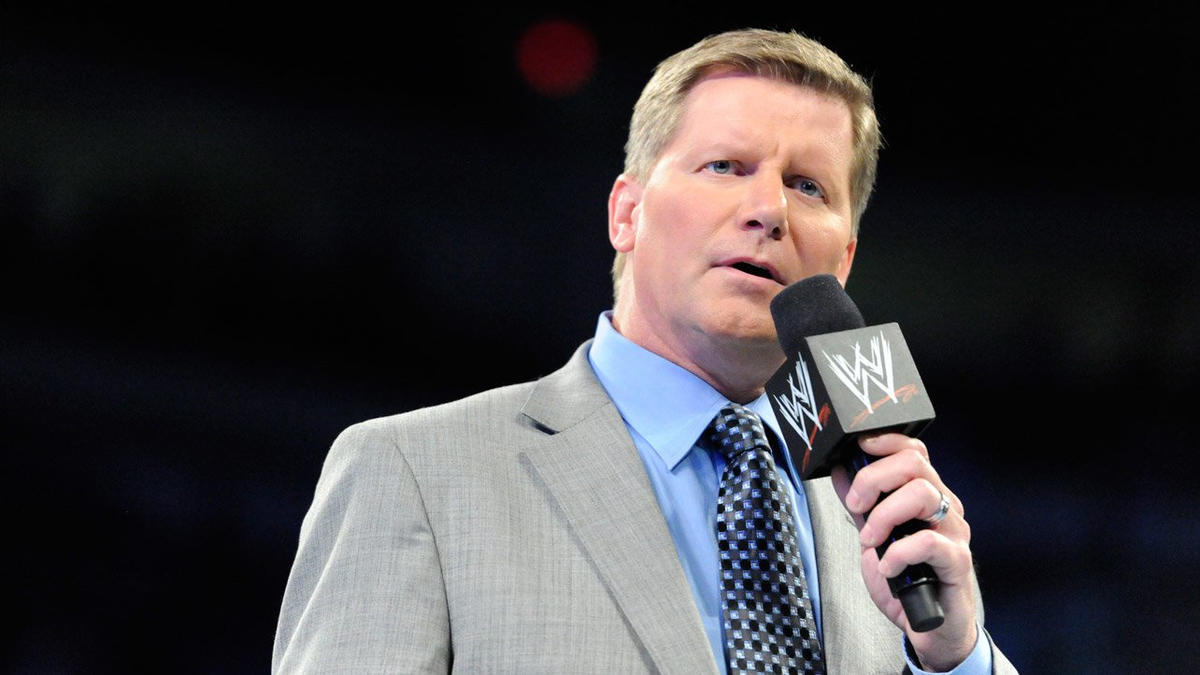
John Laurinaitis was also part of the lawsuit.
Bruce Prichard (who had recently returned from his own exile and rapidly moved up the ranks and was more recently identified as McMahon’s ‘avatar’ as a means of retaining his influence over WWE by Ronda Rousey) was promoted to Interim Head of Talent Relations in addition to his duties overseeing Raw and Smackdown. Triple H was subsequently announced as Executive Vice President of Talent Relations, replacing Prichard.
At least five law firms announced their plans to investigate WWE over potential violations of federal securities laws, engaging in unlawful business practices, breaching fiduciary duties and allegedly harming investors by producing misleading information.
Vince McMahon later officially announced his retirement on Twitter, saying, “At 77, time for me to retire. Thank you, WWE Universe. Then. Now. Forever. Together.” He claimed to have removed himself from all aspects of WWE operations including their creative process. He still held more than 80% of voting power within WWE’s Board of Directors. Stephanie McMahon and Nick Khan were named co-CEOs, with the younger McMahon instituted as permanent chairwoman.
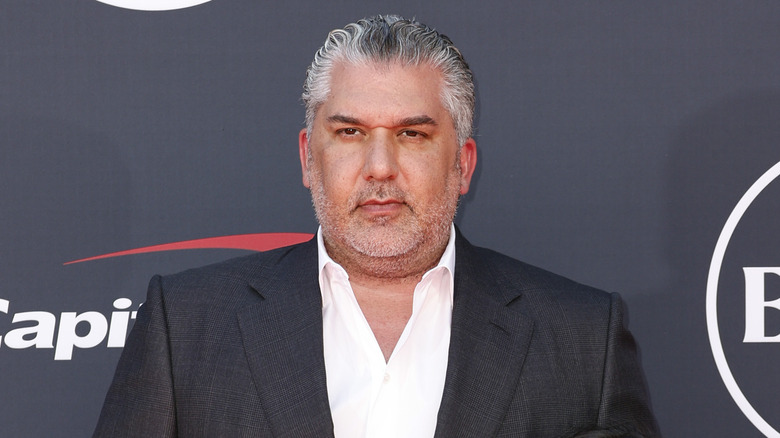
Nick Khan
On July 25 WWE released its annual report for 2021. The report listed a risk factor specifically regarding the consequences of McMahon’s retirement. A separate SEC filing noted that contrary to earlier claims that McMahon had funded the non-disclosure agreements with his own money, their investigation had discovered $14.6M in unaccounted for funds which McMahon had used personally. The potential consequences of this finding were rumored to have triggered McMahon’s retirement, as they would draw the attention of regulators.
McMahon’s retirement lasted a few months. Using the voting power associated with his WWE shares, he engineered his return to WWE’s Board of Directors and Executive suite in 2023 — triggering the resignation of at least two sitting Board Members and the exit of Stephanie McMahon from the company altogether (Khan, Stephanie and Levesque used their shares to vote against McMahon’s return, though they retain their ownership stakes as far as I know).
McMahon led WWE to its recent merger with UFC and Endeavor to form TKO this past April. The merger closed in September.
Following a series of negotiations to find new homes for WWE properties, last week a deal was announced that RAW (and outside the US, the WWE network) would be moving to Netflix. Then the lawsuit surfaced. McMahon initially released a fiery statement indicating his intent to defend himself, but following advertisers’ threats to pull their support (including Slim Jim, a major sponsor of the Royal Rumble) McMahon ‘retired’ a second time-resigning from his role as Executive Chairman of TKO and promising that he would have no further involvement with the company. It is unlikely that he could bully his way back in again, since his share of votes in the new entity is only 12%.
That said, pro wrestling is built on a ‘never say never’ mentality.
In a subsequent interview Netflix Chief Content Officer Bela Bajaria was asked about McMahon’s role relative to a potentially tarnished property for which her company had paid billions of dollars. She answered, “He’s gone. So he’s not there. He’s gone.”
For WWE’s sake, hopefully this time it sticks.
TOP PHOTO: Vince McMahon on CNBC.
RELATED LINKS
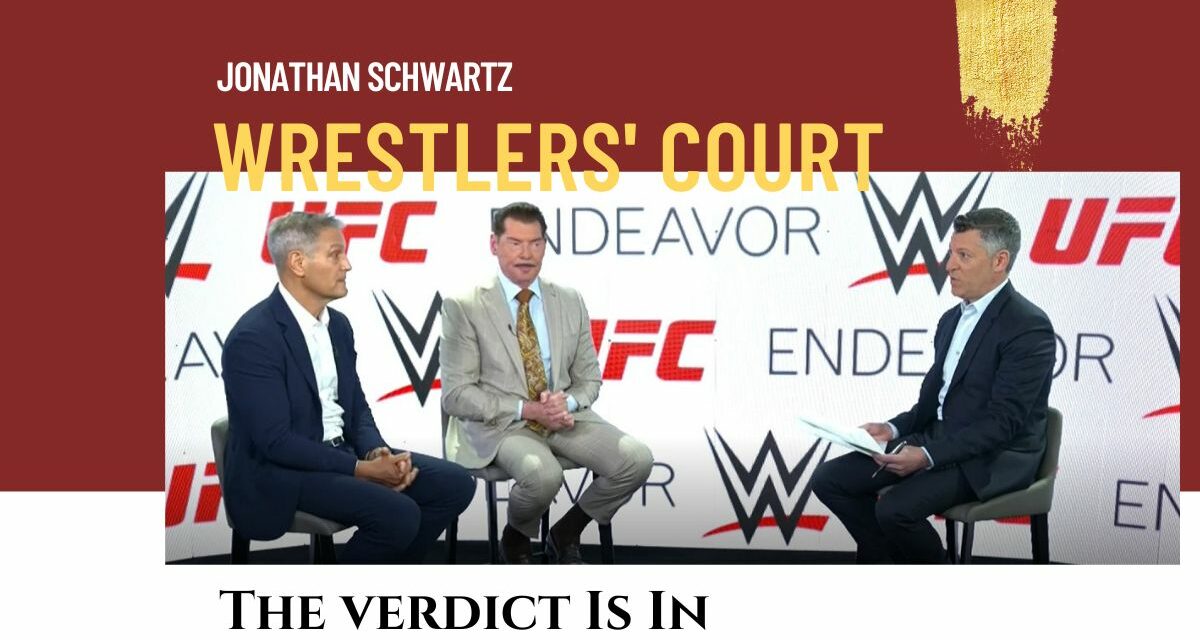

I have always enjoyed your knowledge of the wrestling industry and devotion to writing about the characters and stories that make wrestling so enjoyable. You are not a WWE mark, unlike some of the other columnists, but have taken an even-handed and balanced approach in your writing. My perspective on this matter is that WWE has been a personal (and profitable) plaything for Vince, that he was able to exert his will in toxic and very self-serving behaviours. Those who licked his boots (won’t mention other things) were rewarded. This is not an example of cancel culture or #metoo but of justice finally being served (somewhat). Continue to write about this industry and hopefully, it will continue to entertain the masses without feeding the McMahons and their acolytes.